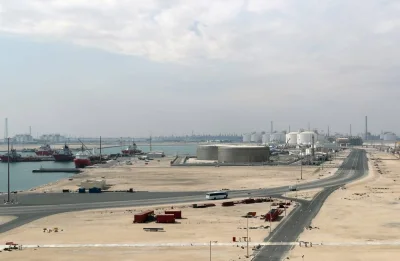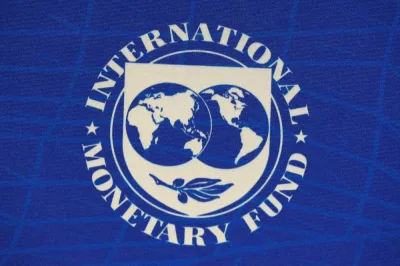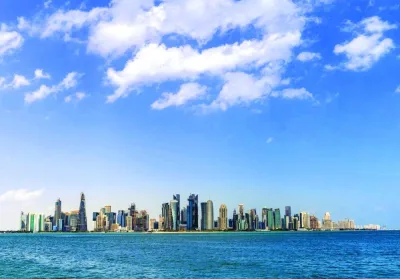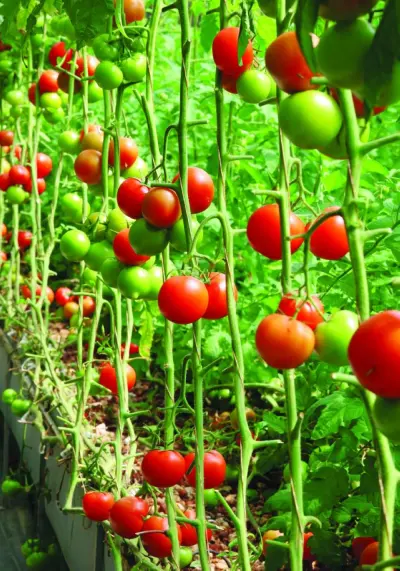Qatar moved into the "top spot" of Ookla’s Speedtest Index in February, surpassing the UAE, noted Ookla, which analysed the performance of 5G networks in selected stadiums during the AFC Asian Cup early this year.According to Ookla, Qatari stadiums delivered world-class 5G network performance during the AFC Asian Cup.All six stadiums tracked during the competition had a median download speed of at least 600 Mbps.The Ahmed bin Ali Stadium took a top spot with a speed of 964.33 Mbps, ranking favourably in the leaderboard of global sporting events, second only to the Super Bowl in the U.S.Superior network capabilities significantly enhanced web browsing and real-time online services. The high download speeds combined with ultra-low latency, under 34ms across the stadiums, suggest that fans experienced minimal lag when streaming, video calling, or gaming online.The web browsing experience over 5G was “excellent”, evidenced by the low webpage load times ranging from 1.0 to 1.4 seconds.Ookla said it used Speedtest Intelligence data to observe performance in the lead-up to and during the AFC Asian Cup. From September 2023 to February this year, Qatar witnessed significant advancements in 5G network speed.The median 5G download speed rose from 441.46 Mbps to 607.0 Mbps, and the upload speed increased from 24.79 Mbps to 36.66 Mbps.Speedtest Intelligence data show that all six surveyed stadiums recorded a median 5G download speed of over 600 Mbps and a median upload speed of over 90 Mbps.Ookla identified two distinct groups based on their 5G performance:The first group is where fans experienced the fastest speeds. It is led by Ahmed bin Ali Stadium, with a median download speed on 5G of 964.33 Mbps, followed by Al-Janoub Stadium and Khalifa International Stadium, with median download speeds of 899.27 Mbps and 888.36 Mbps, respectively.The second group of stadiums had weaker performance overall but still commanded very high speeds, ranging from 602.20 Mbps for Education City Stadium to 730.73 Mbps for Al Bayt Stadium.The leading stadiums in terms of median download speed also excelled in upload, with speeds exceeding 108 Mbps.Ahmed bin Ali Stadium and Al-Janoub Stadium had upload speeds of 110.46 Mbps and 110.87 Mbps, respectively.Education City Stadium was at the bottom of the list but still offered excellent download and upload speeds.Qatar welcomed over 1mn visitors during the group stage, beating the previous AFC record achieved 20 years ago during the 2004 tournament in China. During that period, Ooredoo reported 190 TB of data volume while 5G usage share reached 50.1%.The tournament concluded with an estimated 1.5 million fans attending 51 games. The final match attracted over 86,000 fans at Lusail Stadium, where Ooredoo reported total data traffic of 35TB and delivered an average download speed of 244 Mbps and an upload speed of 50 Mbps.These improvements contributed to elevating Qatar’s ranking to the number one position on the Speedtest Global Index in February this year, surpassing the United Arab Emirates, with a median download speed of 286.42 Mbps across all technologies.Qatar maintained its top spot in March, following the Asian Cup, with a median download speed of 313.3Mbps.To increase capacity and improve speed, operators have been deploying additional 5G sites and activating new 5G carriers, delivering exceptional network performance for their customers.

Pratap John
Pratap John is Business Editor at Gulf Times. He has mainstream media experience of nearly 30 years in specialties such as energy, business & finance, banking, telecom and aviation, and covered many major events across the globe.
Most Read Stories
1























